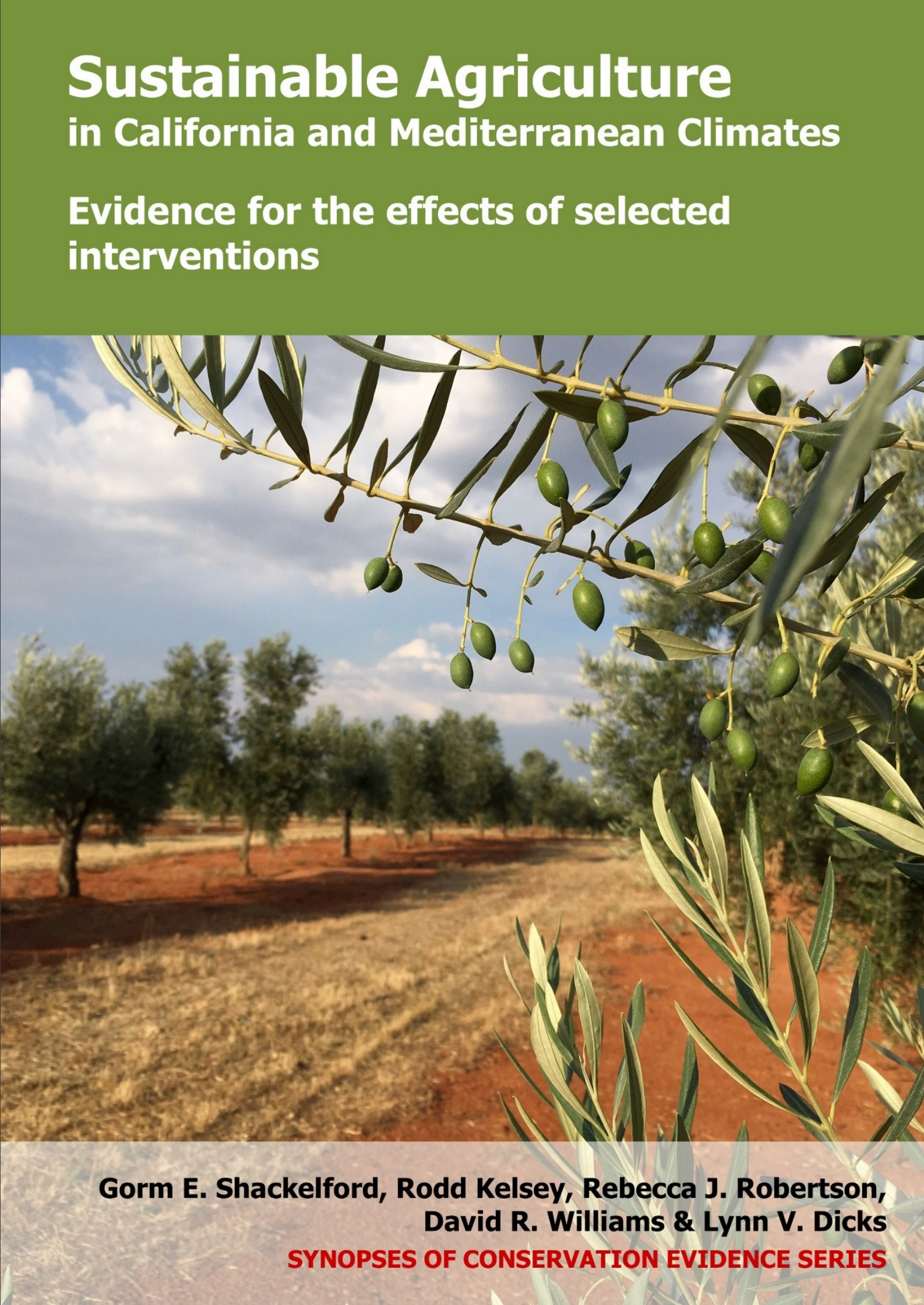Crop production: Add sewage sludge to the soil
-
Overall effectiveness category Unknown effectiveness (limited evidence)
-
Number of studies: 1
View assessment score
Hide assessment score
How is the evidence assessed?
-
Effectiveness
80% -
Certainty
25% -
Harms
0%
Study locations
Supporting evidence from individual studies
A replicated, randomized, controlled study in 2002–2005 in a barley field in Toledo, Spain, found higher barley yields in plots with added sewage sludge, compared to plots without it. Crop yield: Higher grain yields were found in plots with added sewage sludge, compared to plots without it, in one of two comparisons (with low amounts of sewage sludge: 2.0 vs 1.2 t/ha). Higher straw yields were found in plots with added sewage sludge, compared to plots without it (2.7–4.2 vs 1.2 t/ha). Implementation options: Similar grain yields were found in plots with high amounts of added sewage sludge and plots without added sewage sludge (1.5 vs 1.2 t/ha). Methods: The sewage sludge was thermally dried at 75oC. There were four plots (10 x 3 m) for each of four fertilizer treatments (20 or 80 t sewage sludge/ha, applied once in three years or once/year) and there were four control plots (no fertilizer). Plots were fertilized in mid-September and planted in mid-October. Barley plants were harvested (1 m2/plot), in June 2005.
Study and other actions tested
Where has this evidence come from?
List of journals searched by synopsis
All the journals searched for all synopses
This Action forms part of the Action Synopsis:
Mediterranean Farmland
Mediterranean Farmland - Published 2017
Mediterranean Farmland synopsis





)_2023.JPG)














